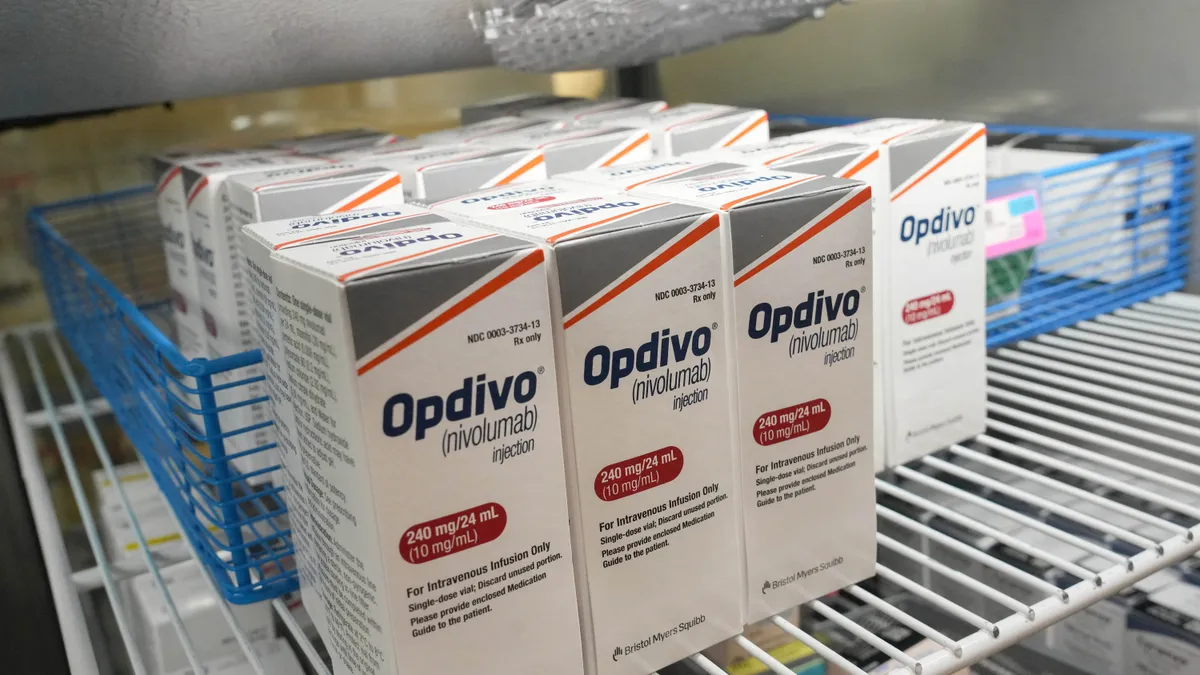“We originally planned to go-to-market at the end of the year, but we’ve had delays in enrollment.”
It’s a quote that doesn’t even need attribution – because it’s one that many of us have said at least a few times in our career.
Leaders across biotech and pharma know this challenge to be true: the majority of clinical trials are delayed due to patient recruitment and enrollment challenges.
So how are some study teams not only avoiding delays, but reaching LPI ahead of schedule? Across regions, phases, and therapeutic areas—on-time enrollment is challenging the status quo.
Shifting enrollment from a challenge to an opportunity
For many study teams, patient enrollment feels like an unavoidable bottleneck. But the most successful teams see it differently.
Instead of viewing enrollment as a challenge, they treat it as an opportunity to become better at recruitment, develop deeper site relationships, and even enhance patient diversity.
“We’ve seen a large uptick in organizations reaching out for help with their enrollment plans,” says Kayt Leonard, Chief Commercial Officer at 1nHealth. “Whether it’s learning about targeted enrollment approaches, or seeing case studies of how these strategies have worked in the past, teams are searching for all of the tools possible to meet their deadlines.”
The opportunity to create a custom enrollment strategy and then launch the necessary programs in market to get in front of patients isn’t just a nice-to-have, it’s a requirement in today’s competitive trial landscape.
One biotech organization knew that requirement all too well. In a recent vitiligo study, a study team needed to develop a seven-month digital recruitment program for adults with non-segmental vitiligo. When developing the recruitment and enrollment strategy, it was important to create a campaign that mirrored how patients with vitiligo already spoke about it—with empathy and humor.
The end result? In the eight months prior to the implementation of an external enrollment team, the study saw just 14 total ICFs. But with the support of a dedicated enrollment partner and six months of a tailored strategy, the study saw 49 ICFs and 5.1 enrollments per month.
Using direct-to-patient recruitment, real-time analytics and patient-centric engagement methods, these teams are turning what was once a liability into a competitive advantage.
The technology behind the strategy
Having strong creative materials and campaigns that get in front of patients is certainly a win, but it’s only one side of the equation. Scroll-stopping ads, patient-centric content and optimized landing pages are worthless if you don’t also have the data points, metrics and transparent tracking to know what’s working – and to be able to pivot in real time.
1nData is 1nHealth's study platform hub tracking over 40 key metrics across all steps of the patient enrollment process. This level of transparency isn’t just a good idea, it’s necessary for making the best decisions throughout the course of the study.
In a recent registry enrollment study, a pharma sponsor needed to recruit 1,000 adult patients, but the I/E criteria was tough—they had to have contracted COVID-19 within the past seven days and they couldn’t have been hospitalized.
The enrollment team made sure the submission landing page and further screening steps were as intuitive as possible with very clear, everyday language.
In addition, they deployed automated digital tools to send automated surveys via SMS and email to collect initial data.
In the end, the enrollment team enrolled 1,000 adult registrants in just 23 days.
The future of clinical trials – on time enrollment
“There’s two primary groups that study teams fall into – those that work with us from the start, and those that come to us to rescue their study.” Says Steve Wimmer, VP of Partnerships at 1nHealth. “We’re able to support either group, but of course it’s less rocky when we are able to plan the milestones in advance and stick to a specific enrollment plan.”
For too long, trial delays have been accepted as the norm. But the tools and strategies to resolve this challenge are already available. The bottleneck is no longer finding the right patients, but rather, how ready study teams are to use them.
If biotech and pharma teams want enrollment challenges and study delays to continue to be the norm, nothing has to change.
But if we want the next era of clinical trials to be defined by speed, efficiency and success – and by reaching and enrolling the right patients at the right time - we have to think differently.










